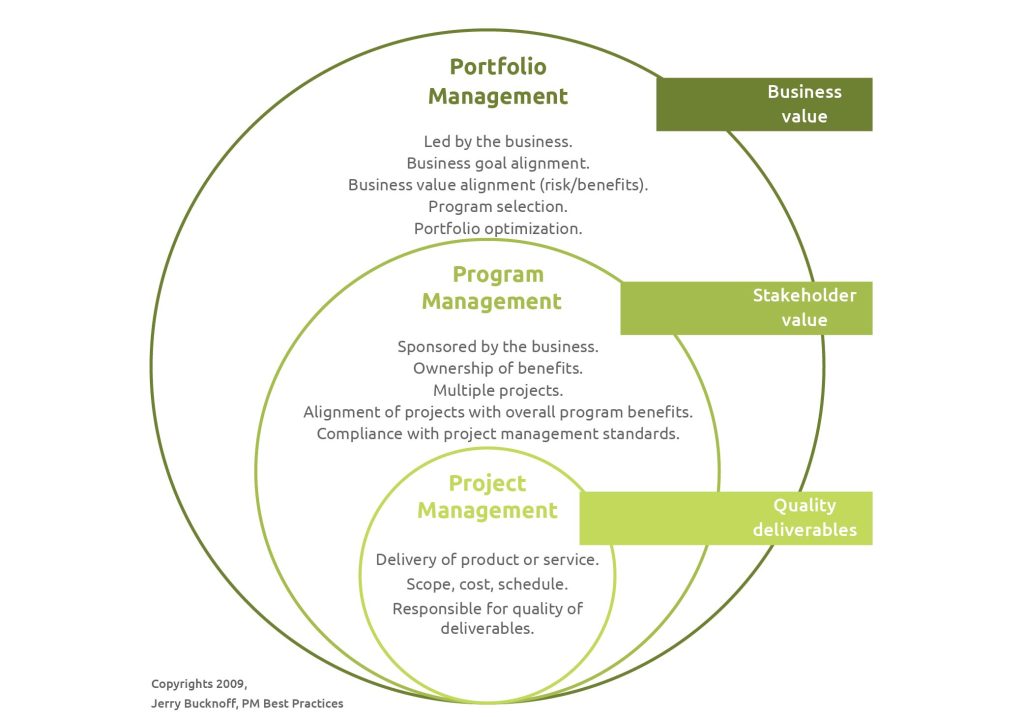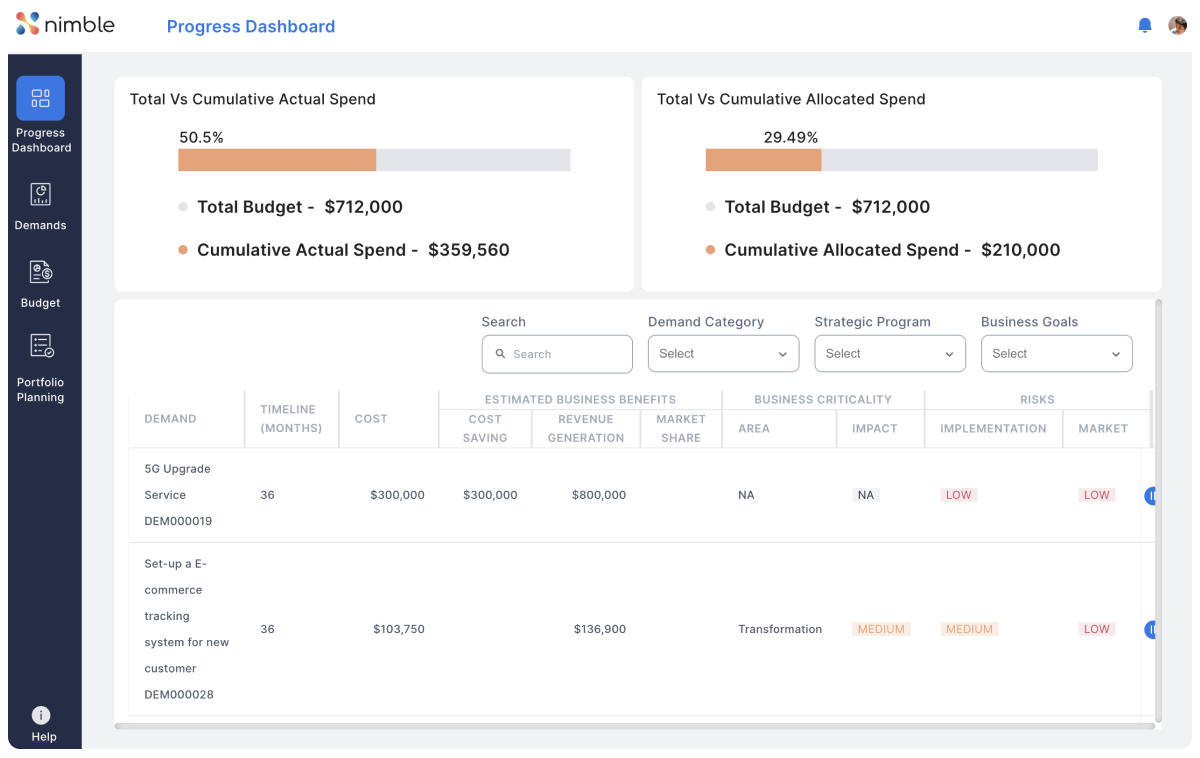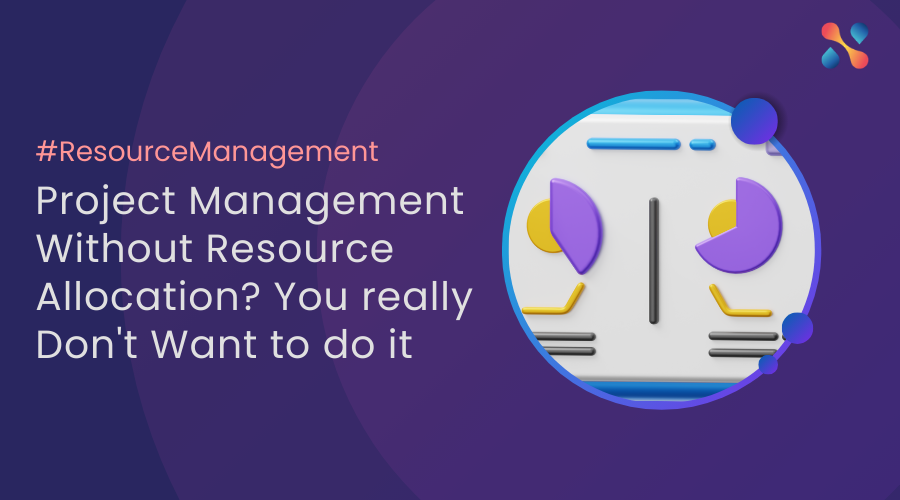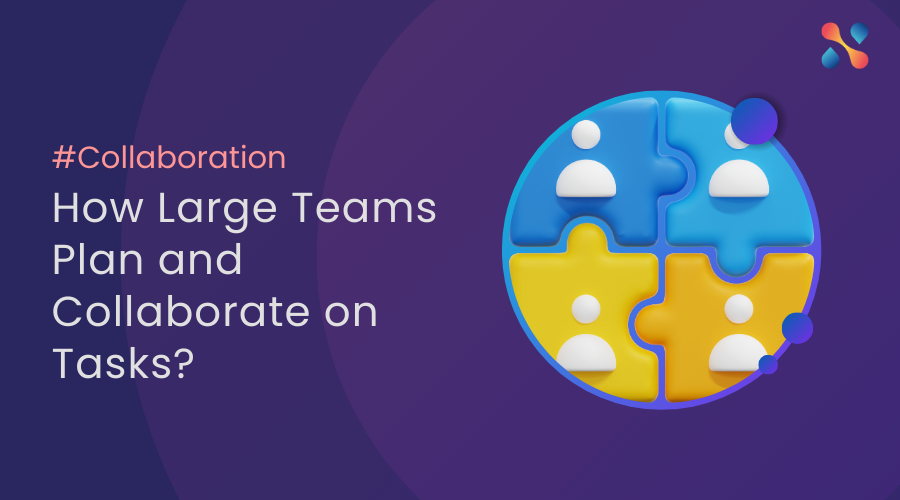In this article, we’ll talk about the problems with project portfolio management and the common challenges leaders face. The good news is that all the challenges can be overcome with some planning and a good software solution to underpin management of the portfolio. If you want to avoid the challenges of moving to a portfolio management approach without the headaches of a tricky adoption, you’re in the right place!
If there are enough challenges in portfolio management to write an article about them, why would you want to do it? We talk to leaders every day about the benefits of seeing the whole spectrum of change being carried out in the organization, so let’s quickly recap on why it’s worth setting up your portfolio management tools.
Why is Project Portfolio Management worth doing?
Project portfolio management is worth doing because it increases visibility across the portfolio, supports better decision-making, helps with prioritization and status tracking, and ensures investment is being spent in the areas of most strategic need.
Source: Jerry Bucknoff & Governance.business
Phew! That’s not a completely comprehensive list as your business might take away even more benefits of portfolio management, but those are common reasons we hear from our clients. Trust us, it’s worth it!
Now, let’s look at some of the potential challenges you might face when adopting project portfolio management (PPM) and what you can do to make the transition easier.
What are the challenges of implementing a Portfolio Management Strategy?
1. Lack of clarity around the problem PPM will solve
First, it’s really important to get clarity around the problems that a portfolio management strategy will solve for you. Are you mainly adopting this way of working to improve visibility? To make sure strategic goals are hit? Something else? It almost doesn’t matter what your own organization’s reasons are, as long as you are clear about why you want to adopt a new approach.
2. Lack of resourcing to deliver the approach
It’s important to have the team available to run the portfolio. You can’t expect project managers to do it. One of the challenges new adoptions of portfolio management approaches is that there is no one in charge of the day-to-day portfolio management.
Stand up your PMO with the resources required to manage the software, the projects and the reporting.
3. Inadequate software
That brings us on to software tools. Not all software lets you aggregate projects to see a consolidated view.
Choose a tool like Nimble that allows you to manage all projects in a common dashboard with standardized, aggregated reporting. This improves visibility and is easy for project teams to use.
4. Different project management approaches
It can be hard to manage a portfolio and achieve your goals of transparency and better cost management when project teams are using different approaches. Hybrid agile organizations manage this really well. Make sure your software is capable of including projects in the portfolio regardless of whether the teams are using agile, predictive or hybrid methods to run them.
5. Lack of executive support
Any new initiative needs exec support to make it work, so having a sponsor who believes in the value PPM can bring is crucial. Be clear on the benefits you are expecting so you can bring your senior leadership team along on the journey.
6. Low project management maturity levels
Not every department is going to have the same level of project management maturity and this can make adoption more difficult. Lower the barrier to doing a good job by making it easy and having common processes and easy to use software.
7. Culture and resistance to change
Doing things the way they have always been done will have to change if your PPM adoption is going to be successful. Consider how you are going to overcome resistance to change as departments may not want to change their working practices.
Managing the change is something project leaders are generally good at, so it’s time to put those skills to use internally! Plan out the communications, engagement and training required to make sure everyone is on board with the change in working methods and can access the tool.
8. Speed of adoption
Even though setting up Nimble is very straightforward, PPM isn’t something you switch on overnight. Execs and managers may have an expectation that you can move to a full portfolio view quickly, but it might take time to bring projects on board. For example, it might not make sense to migrate a project is closing in a couple of weeks on to the new software. Give yourself time to transition projects and keep sharing the successes as you go so leaders can see the benefits are coming.
9. Resistance to governance
Some of the core benefits of PPM approaches are better visibility and prioritization, but those goals might not suit everyone! People might not want increased transparency and better prioritization at first, as it shines a light on ineffective work practices and pet projects that should have been cancelled a long time ago.
Try to identify the stakeholders who might have an issue with different ways of working and take care to bring them onboard.
10. Lack of data
Portfolio management only works if your teams are using the tools and inputting the data. If you don’t have a culture of capturing data or the mandate to request that it is captured and tracked, your software and reports will look rather empty.
That’s fine when you are starting out, but set the expectation that data has to go in the tool so that you get the benefits of consolidated reporting at the other end.
11. Lack of knowledge with what to do with the data
So you’ve got all the reports and data, but now what? Leaders might not know how to take action on the information they have. Start by aggregating risk and cost so you know how much the portfolio is costing you overall and how much risk the organization is carrying. Then adjust from there.
The more confident leaders get with their new dashboards and reports, the more they will ask for new views and more detail. Nimble users love the detail they can get from the tool, so be prepared to be asked to iterate!
In summary
Above, we’ve listed out 11 challenges in project portfolio management adoption which might have left you feeling daunted by the scale of the work ahead! Don’t let those feelings put you off making this next step. You’re already approaching it in a considered way by the fact you’re researching how to make your implementation successful by avoiding these pitfalls.
The right tools can make it easy to manage a portfolio. Stakeholders can sometimes be resistant to change but with the right leadership, you can demonstrate quickly the improvements that a standard approach will bring, and start showing them that the portfolio view is hugely valuable.
With Nimble Enterprise, managing your portfolio becomes seamless. Our intuitive tools streamline the process, making it easier to gain stakeholder buy-in and demonstrate the value of a standardized approach. Embrace effective leadership and showcase the benefits of a portfolio view to propel your projects towards success.








